Each episode of Devil's Diner reveals each character's personal story, revealing little-known hauntings and dark corners.
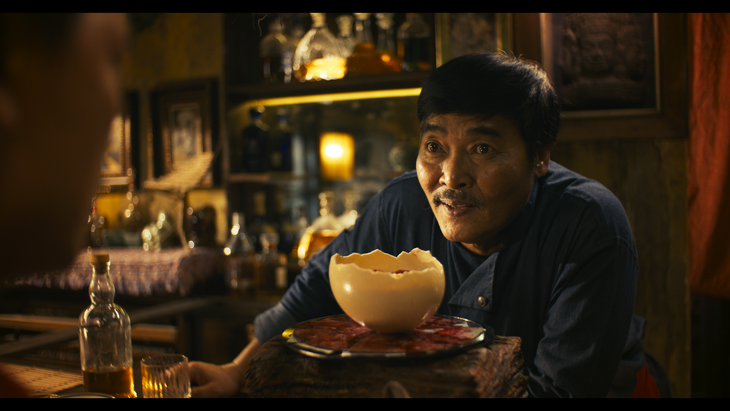
Devil's Restaurant is a horror series marking the return of Vietnamese-American director Ham Tran. The film consists of 6 episodes, currently ranked No. 1 on Netflix Vietnam.
Each episode focuses on one of the five major human sins according to Buddhist teachings: Greed, Anger, Ignorance, Pride, and Doubt. The final episode talks about Karma and the price to pay for stubbornly committing sins, refusing to let go and turn back.
The film revolves around a restaurant run by a mysterious chef (played by Le Quoc Nam). This place not only serves food but also helps customers fulfill their deepest desires.
However, nothing comes for free. Like Faust in Western literature, a scholar dissatisfied with life, makes a pact with the devil in exchange for supernatural knowledge and power, each diner in Devil's Restaurant must also accept to trade soul, body or something important to get what they desire.
The Price of Sin in Devil's Restaurant
Devil's Restaurant not only entertainment series It is not only a simple but also a profound metaphor about sin, trade-offs and human nature. The film explores the dark corners of society through a mysterious, unnamed restaurant, which symbolizes instinct, uncontrollable desires and desires.
People are always tempted by shortcuts, quick ways to achieve success, money or love, but no one can avoid its consequences.

The major sins explored provide a deeper insight into corruption. The greedy person who desires material things loses himself. The person who is consumed by anger and the desire for revenge eventually destroys himself.
Ignorant and delusional people never realize the true nature of things.
The overconfident person fails to foresee the consequences of his wrong actions. The person who doubts the law of karma is eventually punished by his own choices.
The film brings a "real life" quality with easy-to-understand stories, characters from all walks of life with full of flaws.
In real life, people always have to face cruel "deals" like that: circumventing the law to make money, betraying relatives to achieve goals, taking advantage of others to get ahead...
Karma is a film that summarizes all sins, showing that whether it is greed, anger or pride, they all lead to one common path: destruction.
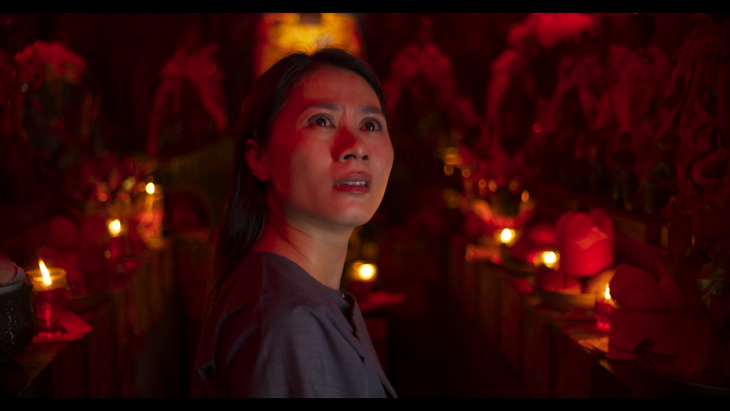
The image of the devil in the film does not appear clearly, implying that the devil is not the mastermind but rather a silent witness to the decline of humanity. Humans do not need the devil to seduce them, they themselves have created hell for themselves.
The film gives us a warning: be careful with your choices in life. Wrong decisions may not kill us immediately, but they will haunt us for life. And what comes easily will also go easily, all deception has consequences.
The Return of Ham Tran
Ham Tran is a director with a modern cinematic mindset, combining the Hollywood spirit with Vietnamese quality. He emphasizes psychological elements and character depth, reflecting the true aspects of people instead of superficial drama.
In Devil's Restaurant, The director plays to his strengths when bringing horror story combined with psychological issues and philosophical metaphors. The film is not linear but is divided into many independent episodes with moderate duration.
This storytelling approach gives the film the feel of a modern-day anthology of fables, where each story has its own moral lesson.
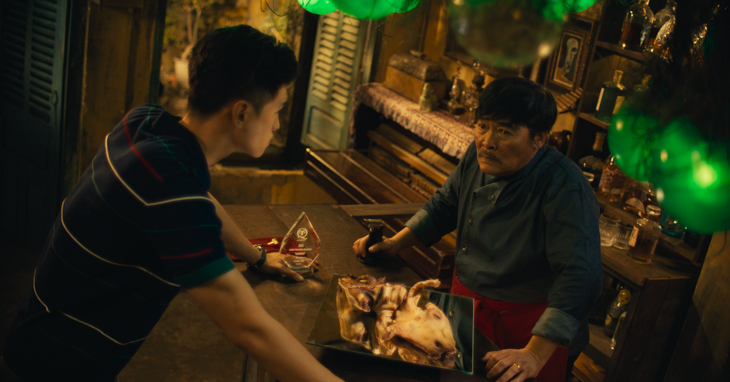
Ham Tran limited the use of jupmscare (surprise scares) and focused more on psychological tension. The director intentionally created an initial feeling of normality and then slowly transitioned to a scary atmosphere.
The film's slow pace, with plenty of silence, allows the characters to express complex emotions. Long shots, static angles, and dim lighting are used to create a sense of unease and tension without the need for loud sound effects.
This also creates a vague, surreal feeling, like a nightmare that no character in the film can escape from.
The film also uses a looping structure, implying that no matter how hard people try to change their fate, they still have to face the consequences and karma they themselves have caused.
From here, the work raises a question for viewers to ponder about decisions in life: Are we sometimes going into a cycle of mistakes without realizing it?
Source



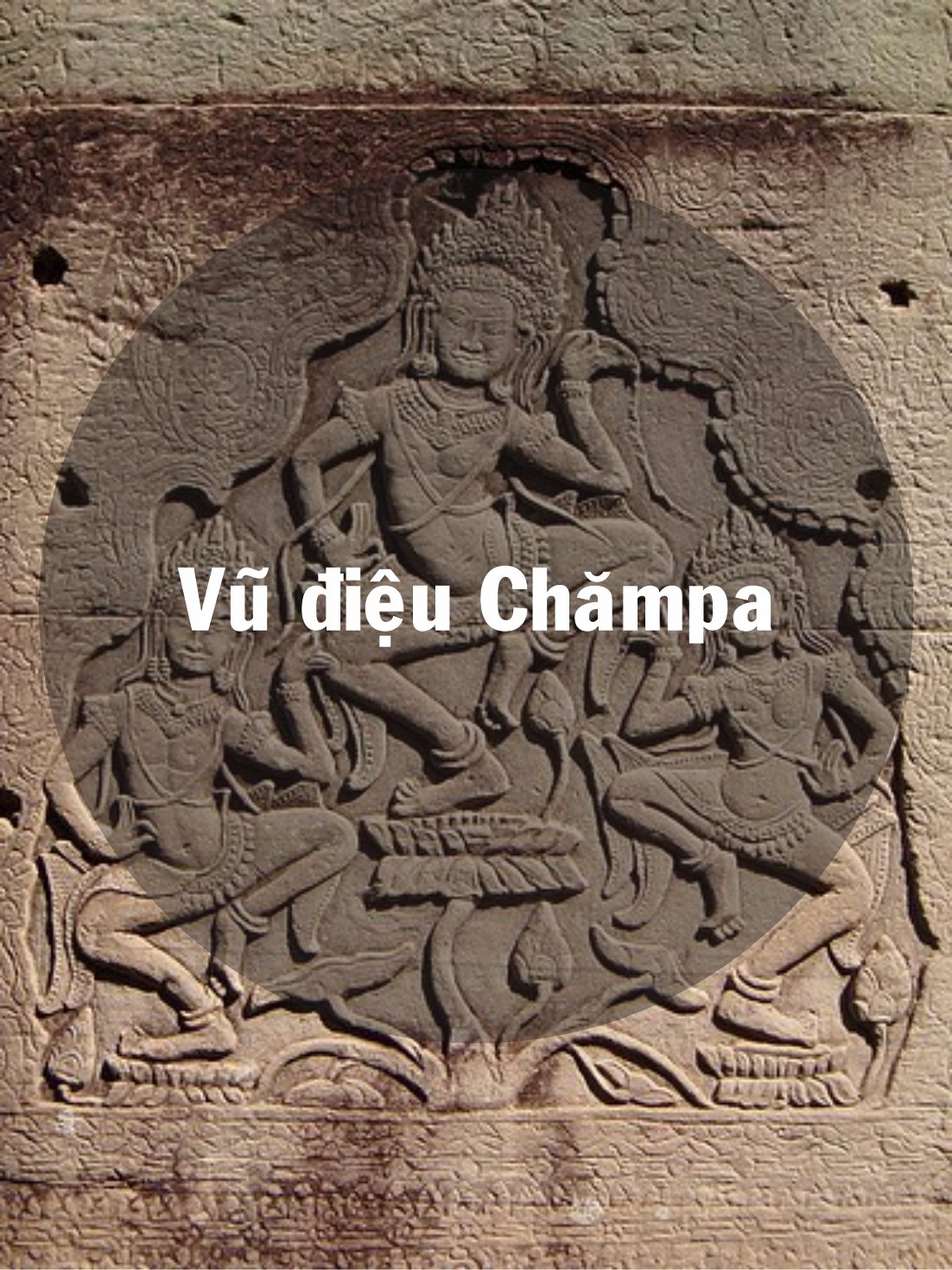



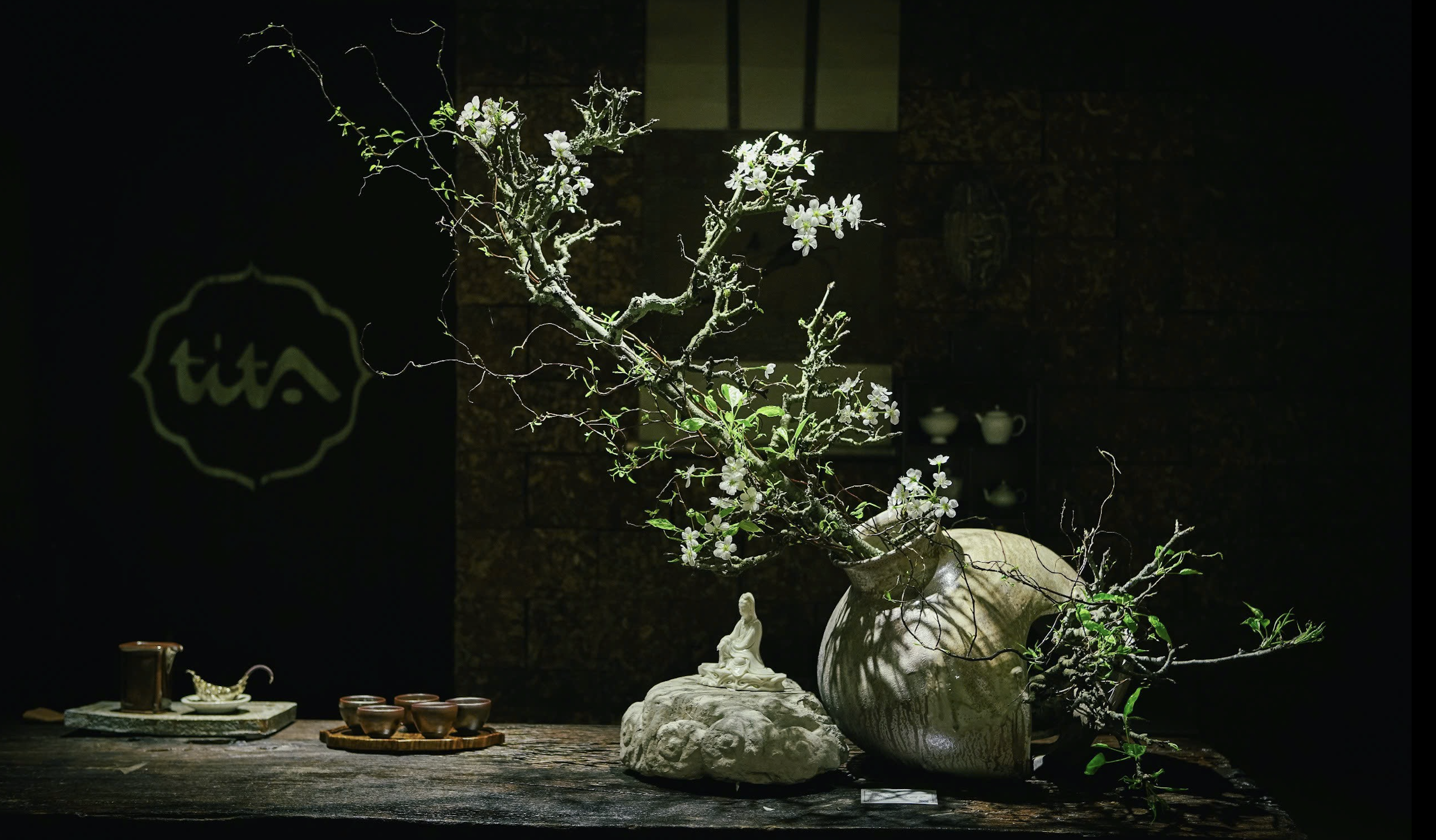



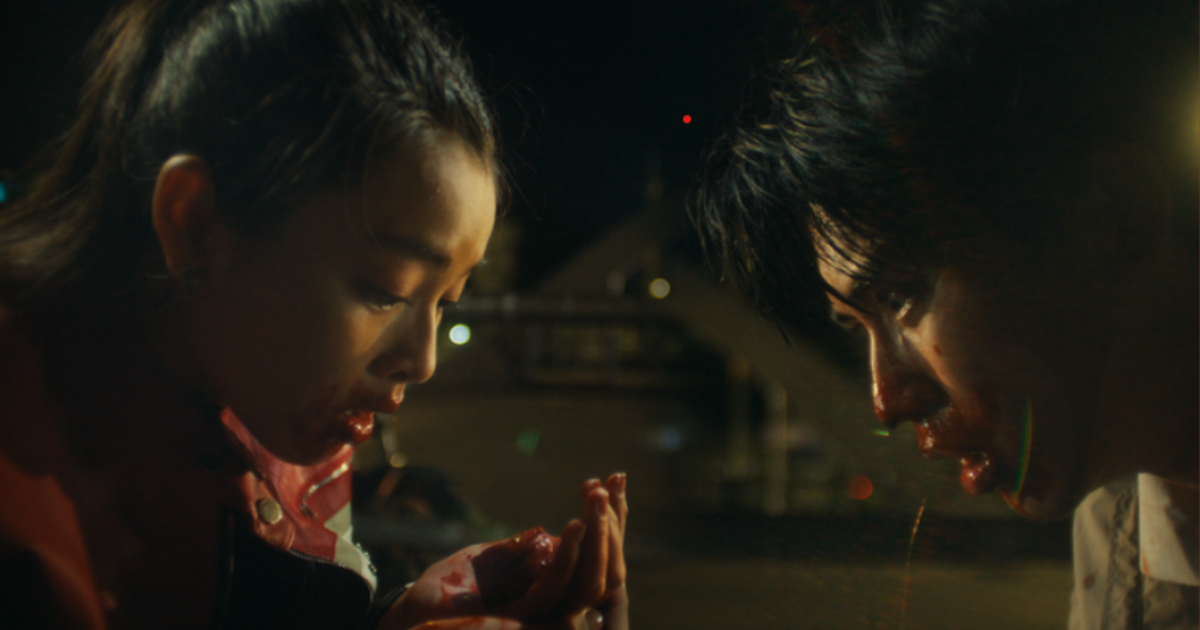

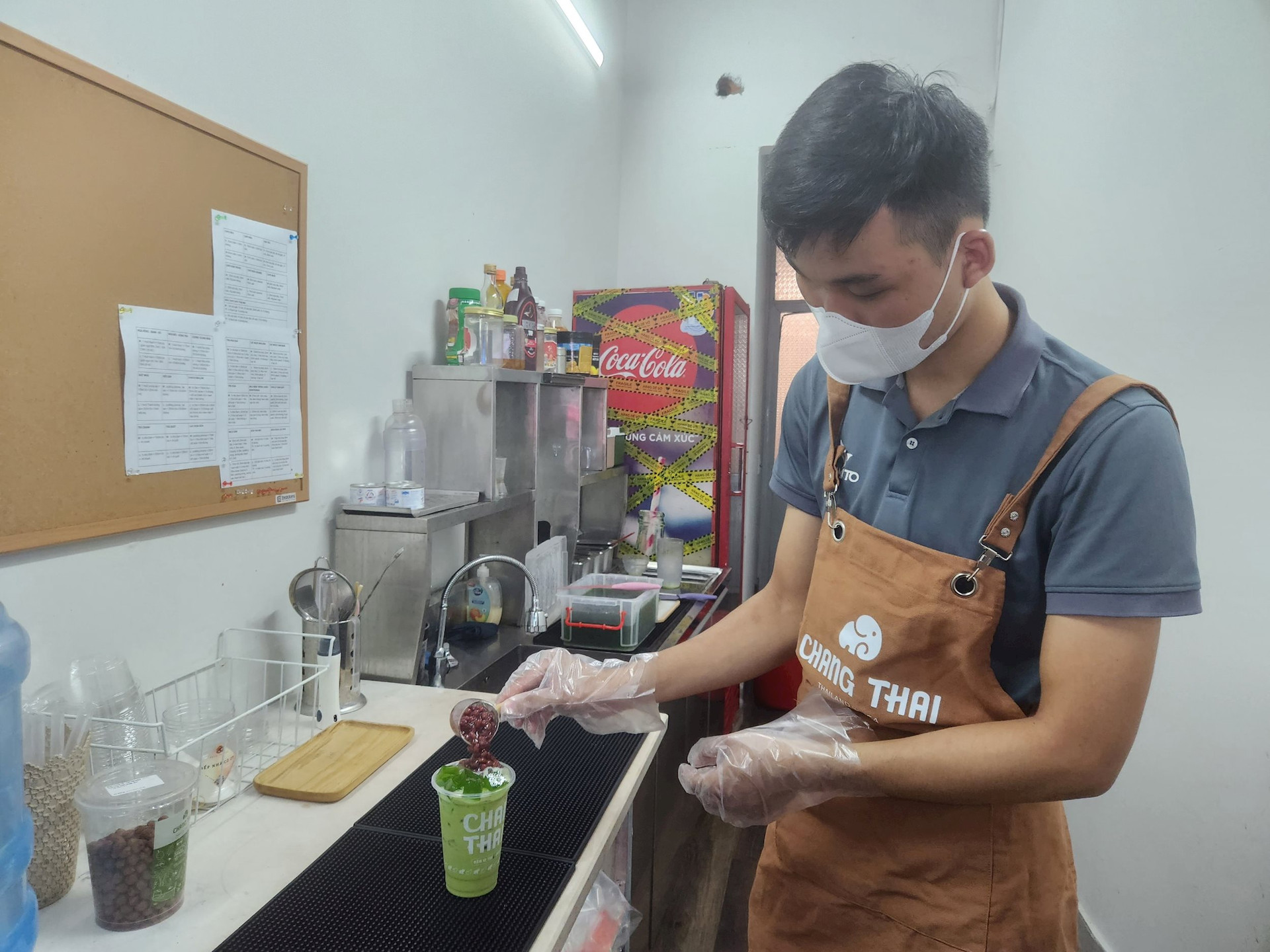







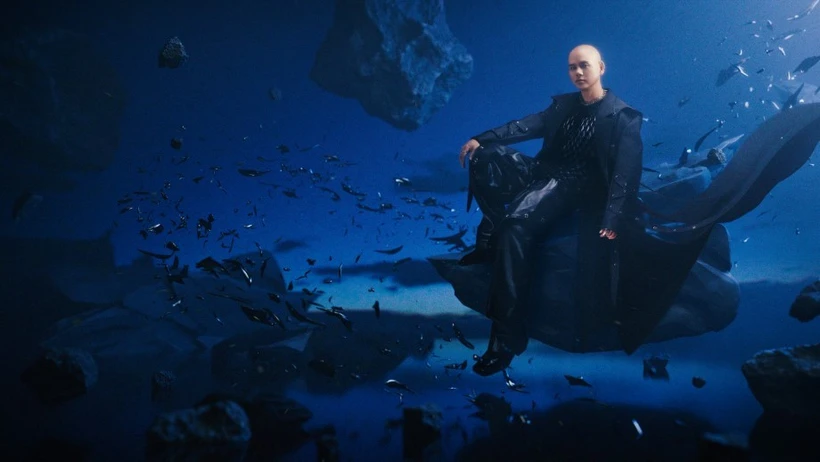

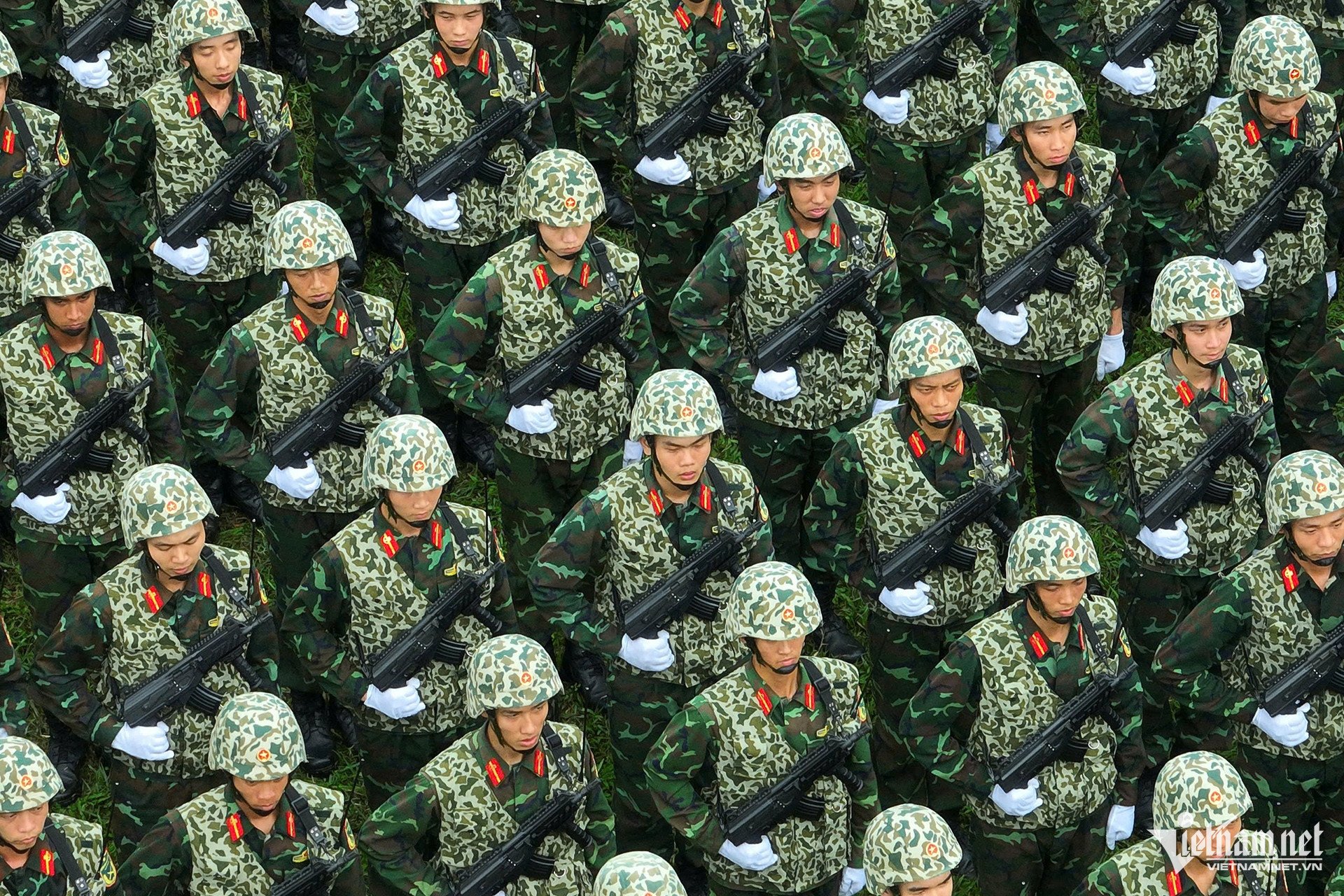
















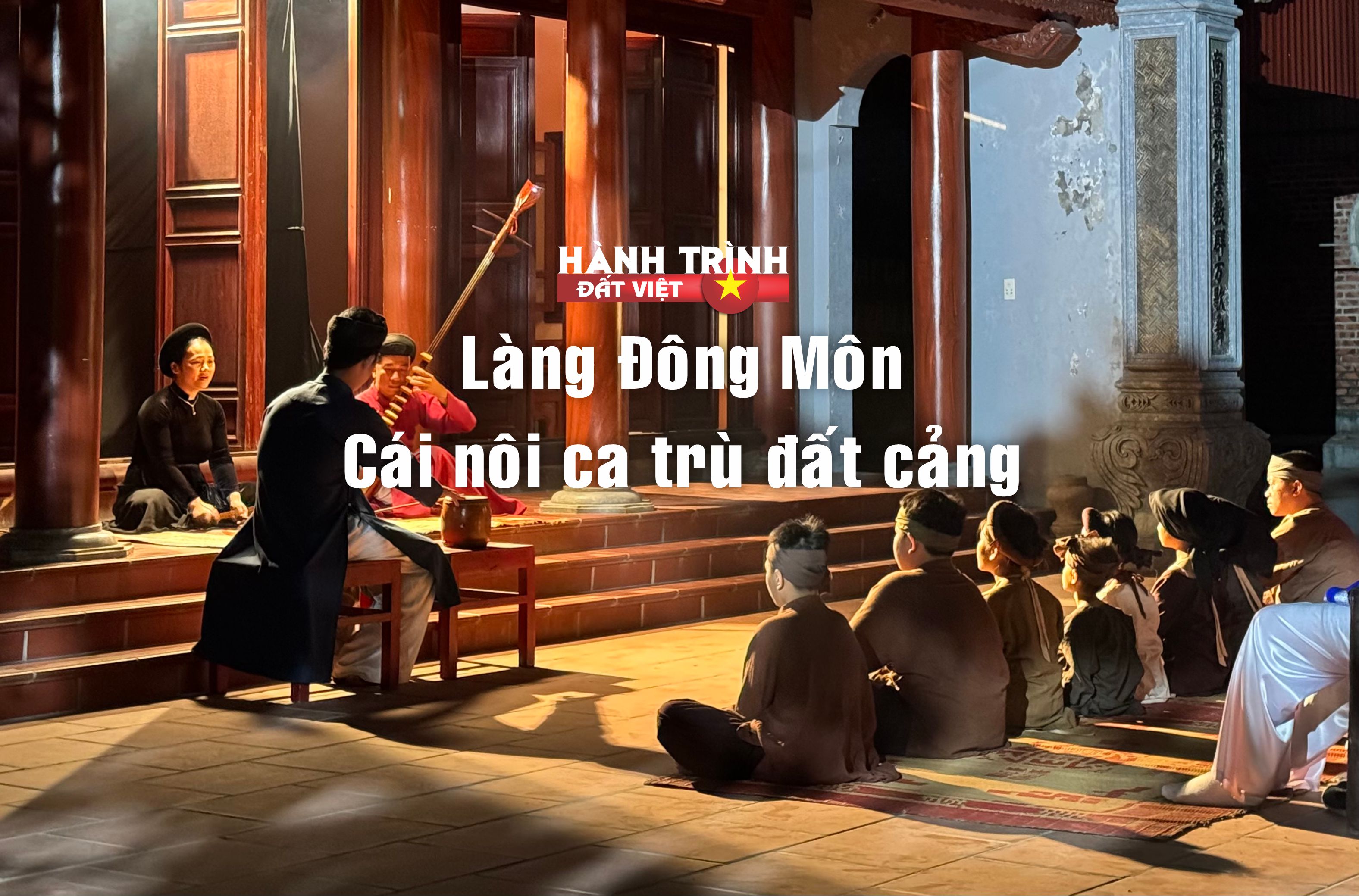















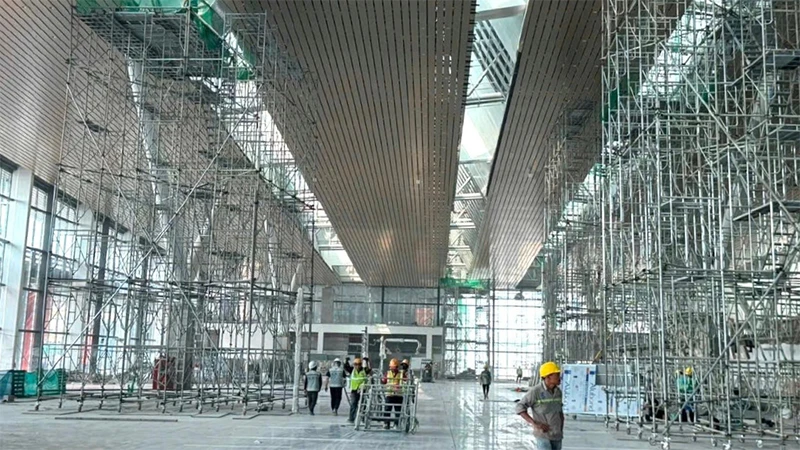
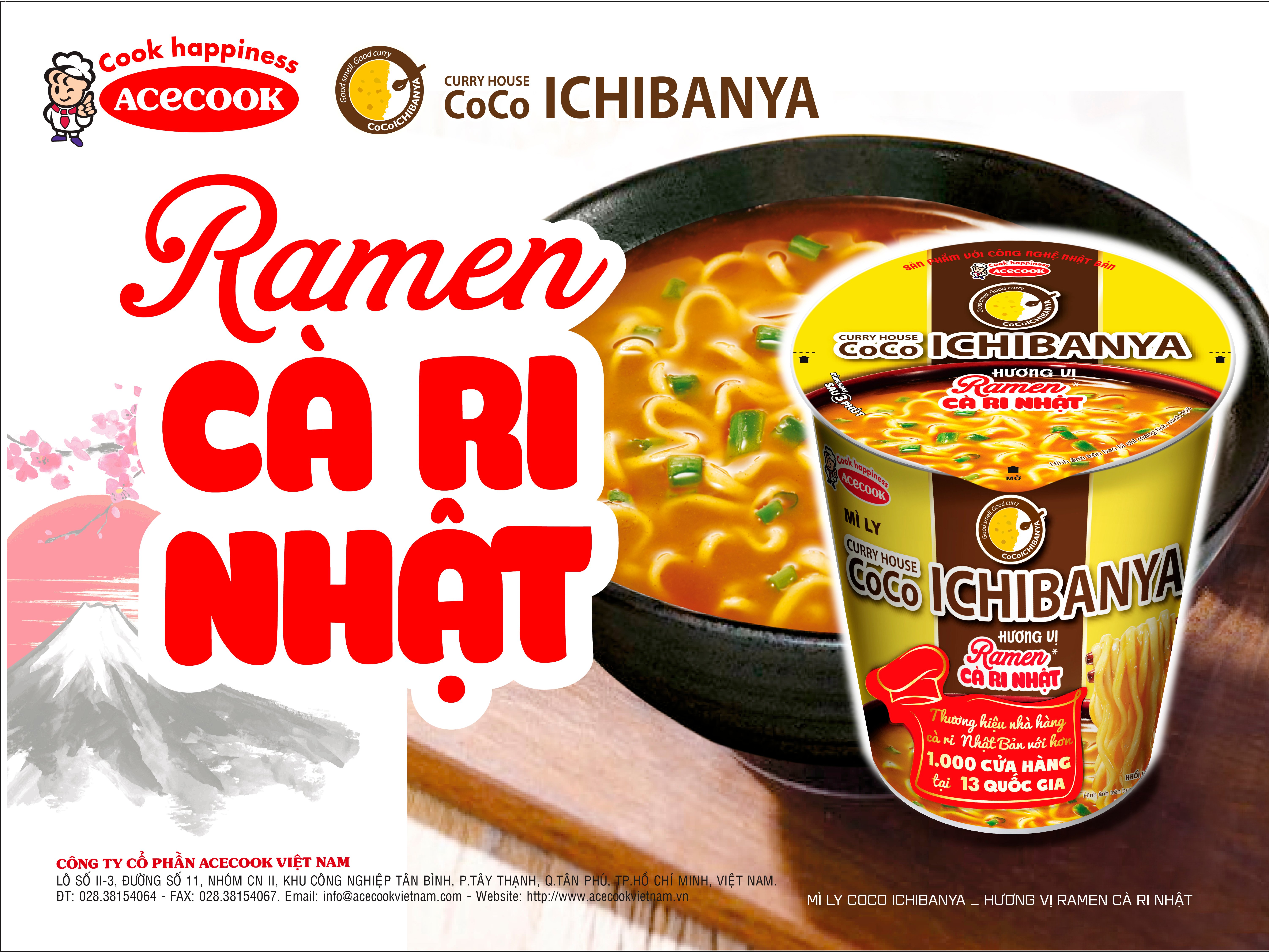















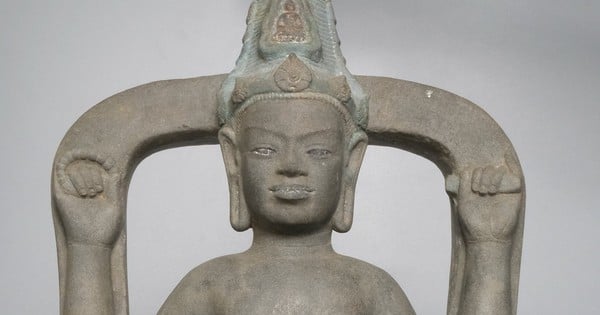





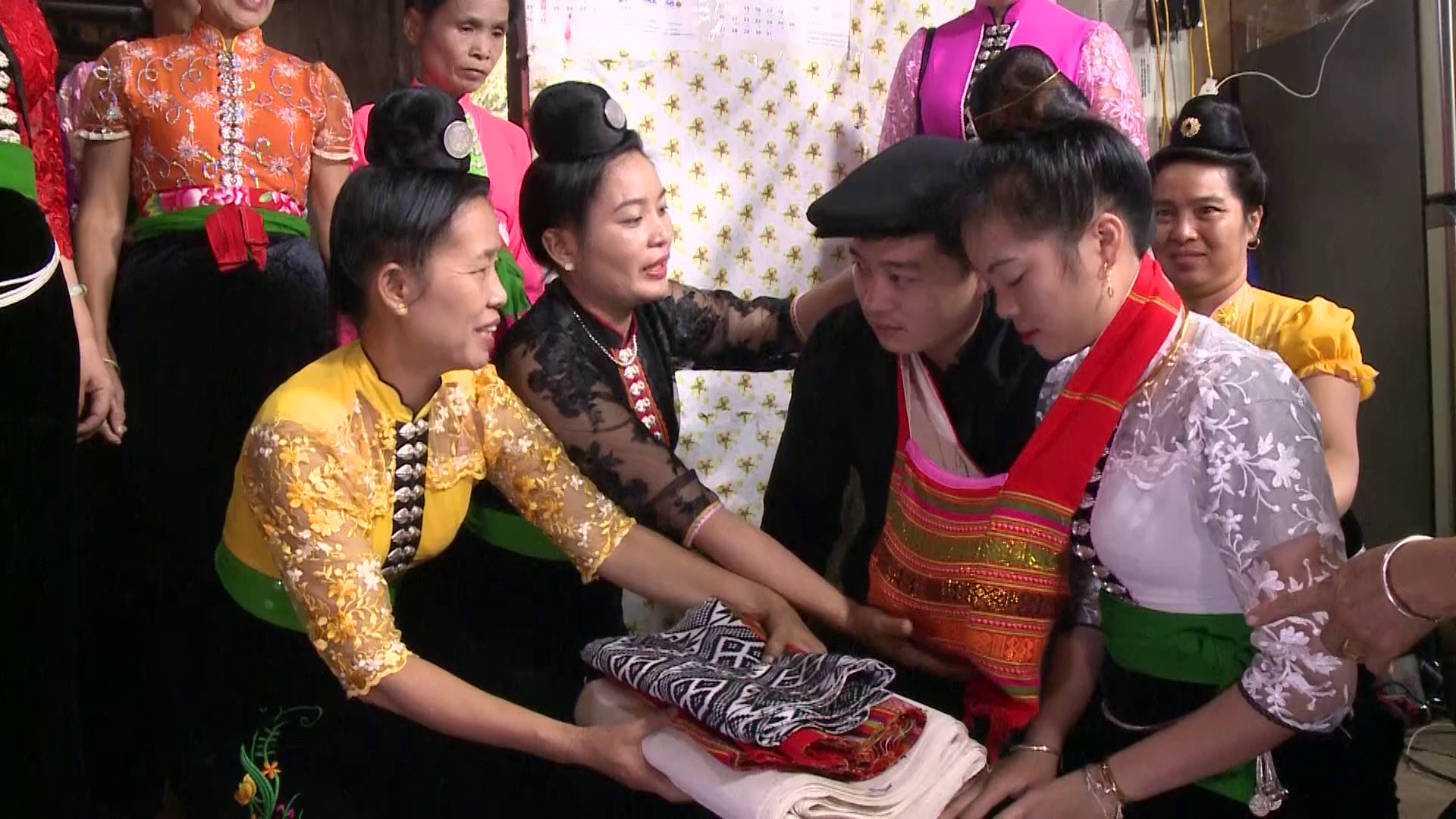

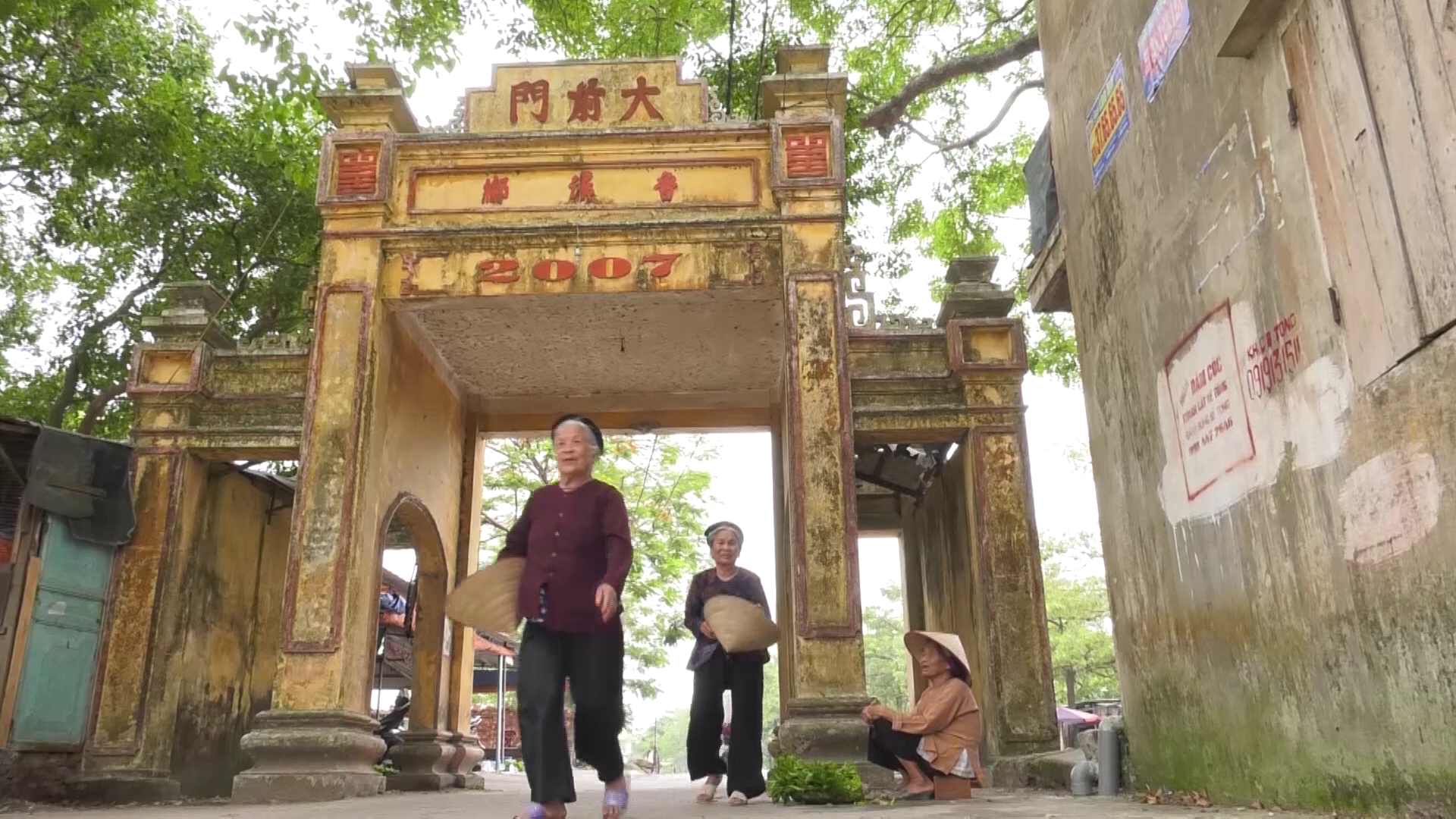









Comment (0)